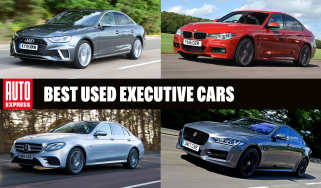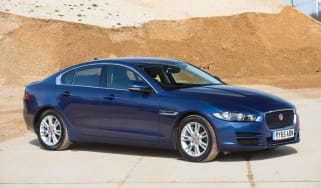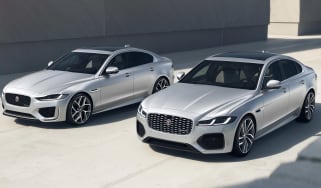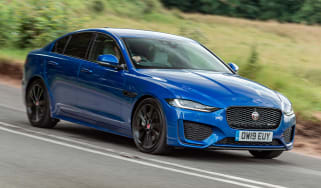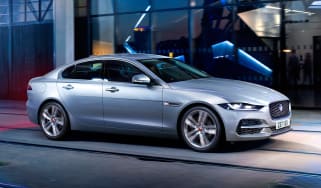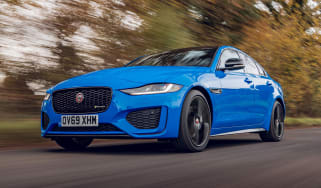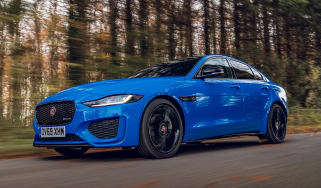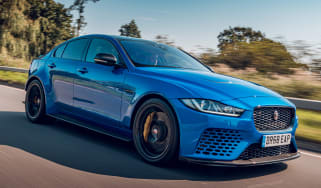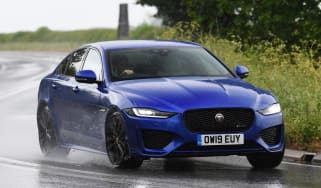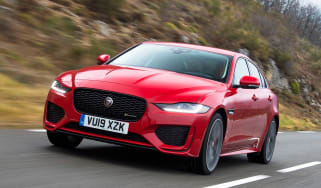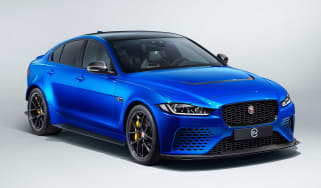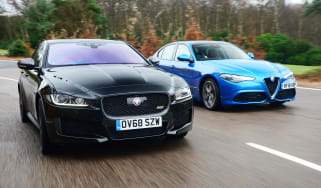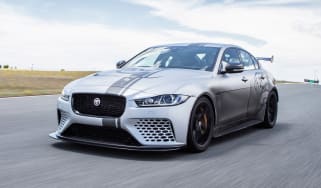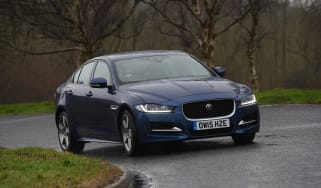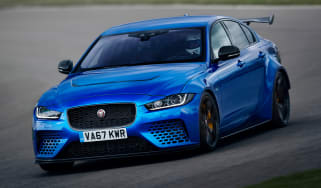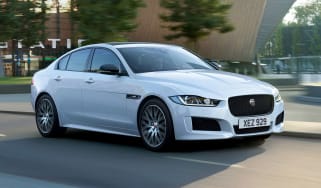Jaguar XE review
The Jaguar XE is a fab all-rounder that’s thrilling to drive and great to look at, but engine choices are now very limited

Make a list of the pros and cons of the Jaguar XE and you'll find that it just about matches its rivals in every area – especially since its 2019 update and incorporation of Jaguar’s latest Pivi Pro infotainment. However, an objective assessment can’t get across just how good Jaguar’s junior executive saloon feels. It really is a brilliant all-rounder.
It looks great, is comfortable, fun to drive when the mood takes you and has a certain X-factor that the usual German rivals – BMW 3 Series, Mercedes C-Class and Audi A4 – fail to match. It's no wonder that we named it our Compact Executive Car of the Year for three years running in 2015, 2016 and 2017.
Of course, the Jaguar’s rivals have all improved since it launched, but also got more expensive – to the point where the XE now undercuts compact executives from BMW, Mercedes and Audi by a significant margin.
The Jaguar isn’t perfect though – it can feel cramped in the back, for example – but overall the XE is a fine ownership prospect, and a marked improvement in quality over its previous iteration, the X-Type. While the line up of engines is pretty good, they’re limited to just three these days though with no plug-in hybrid offering. Jaguar has pledged to go all-electric by 2025, so we reckon you should enjoy the XE while you can.
About the Jaguar XE
The formula for the Jaguar XE is just right, and that means it's one of the best compact executive saloons for sale in the UK today. A comprehensive update for 2019 saw a useful jump forward in interior quality, on-board technology and a simplified engine and trim range – all of which have helped to keep the Jaguar competitive against its major rivals.
Used - available now

2022 Fiat
500e
27,167 milesAutomaticElectric
Cash £10,249
2021 Cupra
Formentor
34,791 milesAutomaticPetrol2.0L
Cash £27,049
2023 Hyundai
Kona Hybrid
15,029 milesAutomaticPetrol1.6L
Cash £16,775
2023 Nissan
Juke
20,197 milesAutomaticPetrol1.0L
Cash £15,490In this fiercely competitive class, the Jaguar XE takes on the trio of the Audi A4, Mercedes C-Class and BMW 3 Series. A notable alternative is the Alfa Romeo Giulia – especially when it comes to driving dynamics and style.
While the Jaguar might look and feel like a competitor to those German cars mentioned above, it’s priced from around £33,000 – so the Peugeot 508 also comes into play. The compact executive segment has been hit hard by the rise of the SUV so cars like the Toyota Camry, Lexus IS, Volvo S60, Ford Mondeo and Volkswagen Passat saloon have or will soon be removed from the UK market.
The XE was an instant hit for Jaguar when it arrived in 2015, while periodical updates have helped it to maintain its position near the front of the executive car field. While rivals offer estate, coupe and hatchback variants of their standard models, the XE comes in just one body style, a four-door saloon.
The XE’s lineup is pretty simple. There are two basic models in the Jaguar XE range, R-Dynamic and Sport. The R-Dynamic is offered in S, SE Black and HSE Black.
Sadly, the raucous supercharged V6 engine found in early XE S models was removed in 2018 due to emissions regulations. There are now only three engines to choose from – two petrol and one diesel. All are four-cylinder units; the D200 diesel is mild-hybrid with rear-wheel drive, the P250 petrol is rear-wheel drive while the P300 petrol is four-wheel drive. An eight-speed automatic gearbox coupled with all the engines.
Whichever model you choose, the XE delivers an engaging driving experience. We’d even go as far as suggesting you wouldn’t have any more fun behind the wheel of a BMW 3 Series. The XE’s most prominent dynamic attribute is its fast, sharp steering and an agile feel. In addition, the XE is pretty comfortable for cruising. The suspension is designed to work with larger wheels, so the ride isn't too choppy if you pick larger rims, however the models with smaller wheels are positively luxurious.
A recent price cut means the XE starts at just over £33,000, while the P300 Sport weighs in at just over £43,000.







